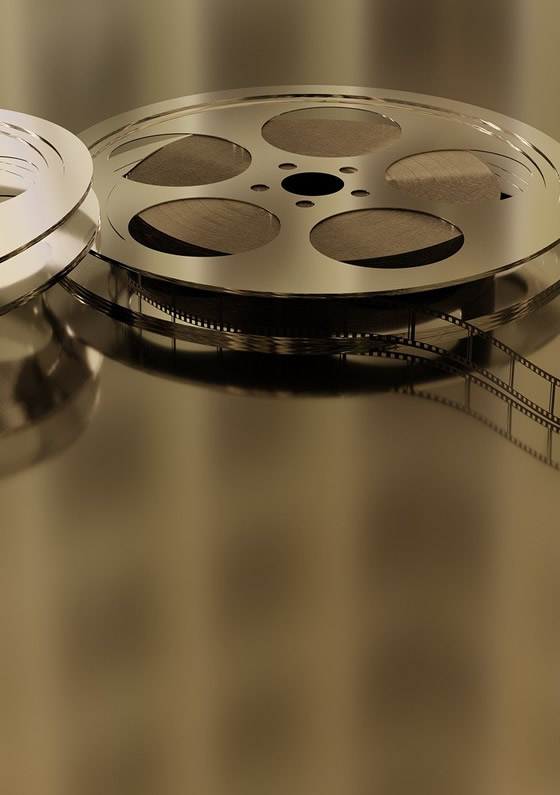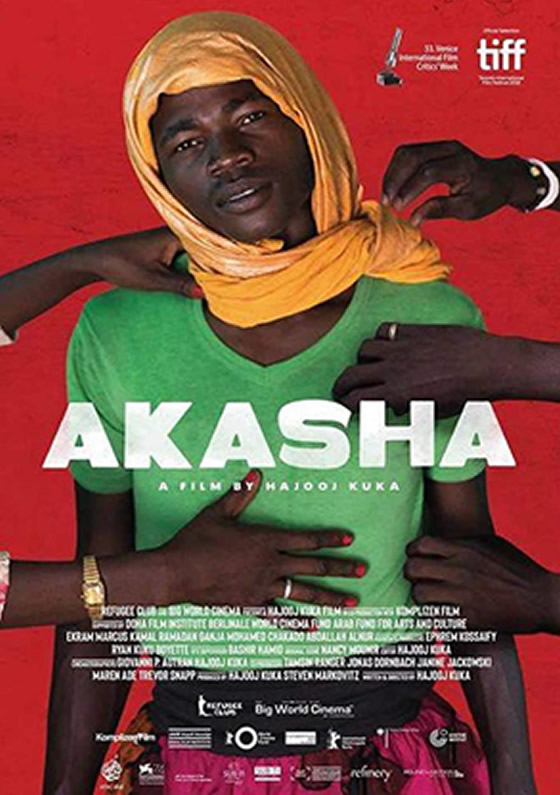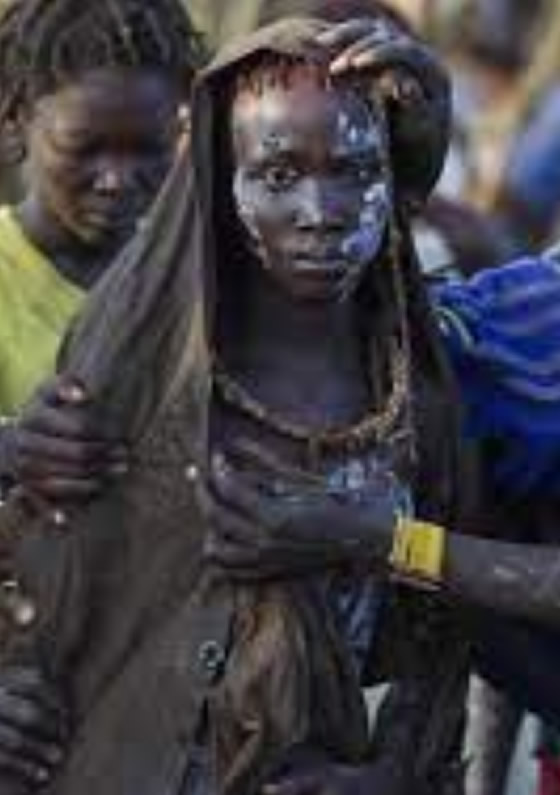The first ideas for preserving the audio-visual memory in Africa emerged with the creation of film festivals (Carthage Film Festival, FESPACO, Durban International Film Festival, etc.) and filmmakers ’associations (FEPACI). The increase in production of African films with content based on African cultural values and identities rose awareness among filmmakers of the need to preserve these images which were part of their cultural heritage. This position was strengthened with examples of image preservation in Western countries, and the emergence of film libraries and archives worldwide. The first concerns about preserving African images in Africa came up in 1966 at FESMAN. As of its creation in 1970 in Tunis, FEPACI made the decision to establish a stock of African films in Ouagadougou and in 1973, at the 4th General Assembly, African filmmakers agreed to give copies of their films to Upper Volta, now Burkina Faso, in view of the country’s commitment to cinema. In 1985, FEPACI Secretary General Gaston KABORE appealed again to African filmmakers to hand over copies of their films to the future African film library to be managed by FESPACO in view of the large number of films festival has been able to store over editions. Filmmakers should allow a copy of their films to be printed.
In collaboration with FESPACO in 1988, FEPACI began the process of creating the African film library which became a reality in 1989. The execution of the project and its management are entrusted to the Permanent General Secretariat of FESPACO.
The project was successful with partners as evidenced by the adoption of the first resolution in 1991 by Heads of State of Francophonie gathered at Palais de Chaillot (Paris) and another resolution of support adopted in 1993 by African Ministers of Culture.
On the occasion of the 14th Edition of FESPACO in 1995, the African Film Library of Ouagadougou (CAO) was inaugurated, manifesting the will of Burkina Faso, African filmmakers and partners to preserve and promote the African film heritage.
The African Film Library of Ouagadougou is a public institution under the authority of FESPACO and an affiliate of the International Federation of Film Archives (FIAF) since 1994.
Missions of the Film Library
The core missions of the African Film Library of Ouagadougou are two-fold:
- Preserving African film memory for future generations
- Promoting and enhancing this heritage to ensure greater visibility for African cinema worldwide.
Roles of the African Film Library of Ouagadougou
The roles assigned to the African Film Library of Ouagadougou include:
- Ensuring continuous exposure for African cinema
- Developing collections to stimulate endogenous reflection and research on African cinema
- Enabling consultation of films for a better understanding of contemporary African history
- Serving as an inexhaustible source of inspiration for film and audio-visual professionals
- Offering screenings through regular programming of retrospectives and by organizing exhibitions to contribute to the cinematographic education of the public.
Objectives
To deliver its missions, the African Film Library of Ouagadougou has set itself a number of objectives, including:
- Collect African films and any works relating to Africa
- Process, preserve and showcase films collected through consultation by film and audio-visual researchers and professionals
- Develop an inventory and a catalogue of Africa’s film heritage
- Develop the filmography of African cinema
- Build and equip a multipurpose projection room with an exhibition space that can accommodate a film market and TV programmes, a film museum, etc.
- develop a documentation centre and a computerized database on African cinema.
Activities
The African Film Library of Ouagadougou carries out several activities in line with its objectives.
- Film collection, inventory and cataloguing
The African Film Library has a modern centre (functional since 1995) for the preservation of works where more than twelve thousand (12,000) films are processed and stored, including documentaries, fictions, newsreels, features and shorts that are representative of the cinematographies of all regions in Africa.
- Preservation
Film copies are stored in specially equipped rooms with strictly controlled temperature and humidity. An air-conditioning production system keeps the temperature inside the cells between 15°c and 20°c with relative humidity between 30% and 40%.
- Documentation
An important non-film equipment relating to African cinema has been collected. A centre with a wide range of documentation is made available to the public for consultation. The centre has a collection of more than 6,000 photos, 500 film posters, several thousands of press articles, specialized journals, press reviews, film press kits, books, scripts, etc.
- Access to collections
The Film Library has already opened the doors of its collections to numerous film students, lecturers, researchers and professionals. Students have come from Africa and other continents to see films, do research and meet resource people as part of their final dissertations or theses. Access to the collections is subject to a reasoned request. The African Film Library also has several mobile cinema and video units and a qualified staff for the organization of film screenings in towns and villages of Burkina Faso. These non-profit screenings are organized in partnership with NGOs, associations, schools and other public and private institutions.
- Film screenings
- The mobile cinema
This activity consists of going out to the most remote communities for screenings to introduce these communities to cinema and raise their awareness of issues affecting rural communities.
- The Film Club
This is an activity by the Film Library with the collaboration and participation of students and schoolchildren. Screening sessions on specific topics are programmed and organized by students, followed by structured and constructive debates. The purpose of this activity is to make African cinema known to the educational world and to make them understand the essence of the messages conveyed by the films.
- Participation in the organization of the festival (FESPACO)
The Film Library is actively involved in the organization of this major African film festival. In that respect, it has responsibility for:
- The Film and Audio-visual Heritage Commission which includes activities around the organization of workshops on audio-visual archive management, the organization of FESPACO Classic section, and the exhibition of film and audio-visual archive elements.
- Providing support for the programming of films in competition in theatres: checking the conditions of theatres and technical equipment and making films available for screenings.
Organization

The African Film Library of Ouagadougou is divided into 3 services:
- Conservation and Restoration
- Development and Promotion
- Documentation and Information on African and Diaspora cinema.
Conservation and Restoration Service
It is responsible for:
- Researching, acquiring and promoting national and African film heritage
- Researching, archiving and preserving national and African film productions
- Developing a catalogue for the African Film Library of Ouagadougou
- Ensuring the restoration of the film heritage.
Development and Promotion Service
It is responsible for:
- Initiating mobile cinema projects throughout the territory and on the continent
- Monitoring event and promotional screenings throughout the territory and on the continent
- Maintaining partnership relations with other film libraries
- Initiating educational activities to promote national and African film and non-film heritage
- Providing support for Film Club activities.
Documentation and Information Service on African and Diaspora Cinema
It is responsible for:
- Gathering, processing, preserving and promoting any non-film documentation on cinema
- Designing a catalogue of African filmmakers
- Setting up and maintaining a cinema library
- Managing a reading and research space.
Operation
For its operations, the Film Library has:
- A film storage room
- An equipped projection room
- Archives of African film and audio-visual heritage
- A few historical items related to cinema (mixing desk, projection equipment)
- Offices.








